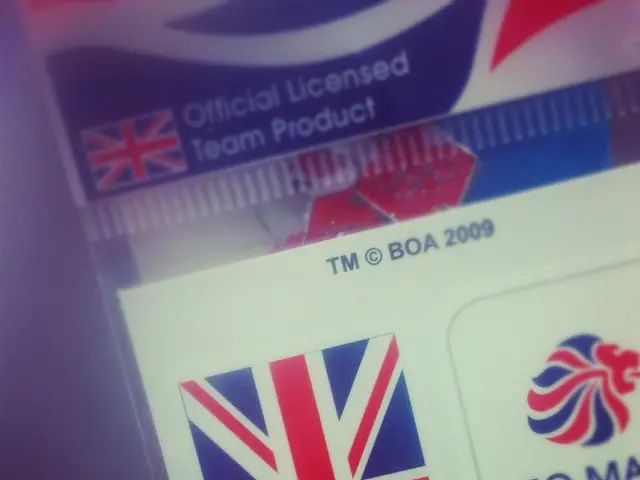College Exchange Online Platform
MyCollegeExchange is an online marketplace that connects college students for buying, selling, and exchanging used textbooks. By facilitating peer-to-peer transactions, it helps students save money and reduce waste through textbook reuse.
Origins and Development
MyCollegeExchange was founded with the aim of addressing the high costs of college textbooks by providing a simple, direct platform for students to sell and buy textbooks locally or nationally. The platform was developed using standard web technologies, including PHP for server-side logic, JavaScript for interactive front-end features, HTML and CSS for markup and design, and SQL for database management.
Over time, the site gained traction by focusing on student communities, providing listings tailored by school, course, or textbook edition.
Key Features
MyCollegeExchange offers several features that make it an attractive platform for college students:
- User Registration and Profiles: Students create accounts to post textbook listings and communicate securely with buyers or sellers.
- Search and Filters: Textbooks can be searched by title, author, ISBN, school name, course, or price, making it easy to find relevant materials.
- Listings Management: Users can add, edit, and delete textbook listings, including details like condition, price, and photos.
- Messaging System: Built-in communication allows buyers and sellers to negotiate and arrange transactions without sharing personal contact information initially.
- Transaction Tracking: The platform supports status updates on sales (available, sold), helping users manage their inventory.
- Responsive Design: With HTML, CSS, and JavaScript, the site is usable across various devices, from desktops to smartphones.
- Database Backend: An SQL database stores user data, book details, transactions, and messages, ensuring persistent, reliable data management.
- Security: PHP scripts include validation and security measures to protect data integrity and user privacy.
One notable aspect of MyCollegeExchange's database is that it has been normalized to the 3rd Normal Form, improving data integrity and reducing redundancy. The selling table in the database references the Primary Keys of both the books table and the members table, ensuring efficient data relationships. The books table uses an auto-incrementing Primary Key, and the database implements Referential Integrity using InnoDB SQL.
Each form on MyCollegeExchange calls a JavaScript function for validation, and forms used for registration, posting, and management have automatic line validation as the user progresses through the form.
Usage and Deployment
Search results on MyCollegeExchange are clickable links that take users to auto-generated PHP pages with more detailed results. These pages are easy to deploy in a new setting due to MyCollegeExchange's database creation process during installation, which is based on variables set in a settings file.
An example of updating the selling table in the MyCollegeExchange database is through a Post form on the website, and an example of JavaScript functions for validation can be found in the Post a Book form.
MyCollegeExchange's website concept was guided by a business and marketing plan that considered competition and funding. The platform's success can be attributed to its ability to meet a real-world need in the educational ecosystem while leveraging common web technologies.
Technology plays a crucial role in the functioning of MyCollegeExchange, as it was developed using standard web technologies such as PHP, JavaScript, HTML, CSS, and SQL. These technologies enable various features like user registration, search and filters, listings management, a messaging system, transaction tracking, responsive design, and a database backend. Furthermore, the selling table in the database references Primary Keys from the books and members tables to ensure efficient data relationships, while JavaScript functions are employed for form validation. This technical infrastructure underpins the platform's ease of use and deployment, contributing to its success in addressing the high costs of college textbooks.




